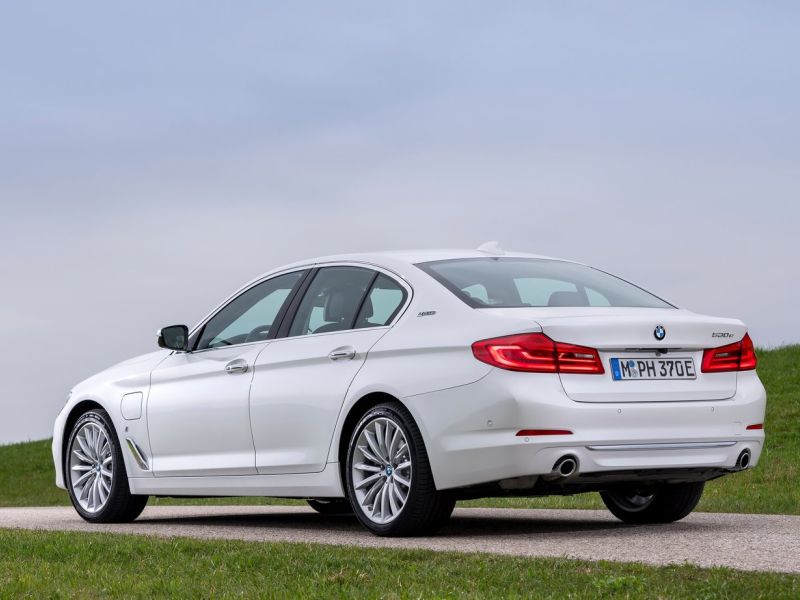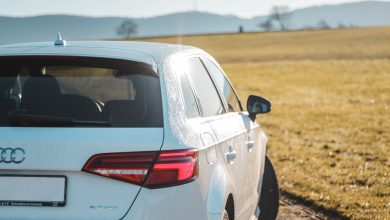BMW iPerformance Range: Let’s Review How They Perform
The BMW iPerformance is the sub-brand of the German manufacturer BMW which was launched in 2016 to distinguish the special range of plug-in hybrid cars which are using the technology transferred from BMW i cars, notably the i8 and i3. The iPerformance models take advantage of technical expertise regarding electric motors, battery cells, and electronic control systems. Combined with internal combustion engines, it results in substantial cutting of fuel consumption and emissions in everyday driving.
In 2015, even before the iPerformance brand was presented, the BMW X5 xDrive40e became the first plug-in hybrid which uses the eDrive technology borrowed from the BMW i8. In 2016, the BMW 330e iPerformance was launched as the first car with the iPerformance model designation. The next model in the iPerformance range was the BMW 740e, followed by BMW 225xe Active Tourer and BMW 530e.
The most visible indicators of the iPerfomance brand’s technology on the core models are BMW i logo on the front side panel, BMW i-style blue elements in the kidney grille and wheel hubs, and an eDrive logo on the C-pillar.
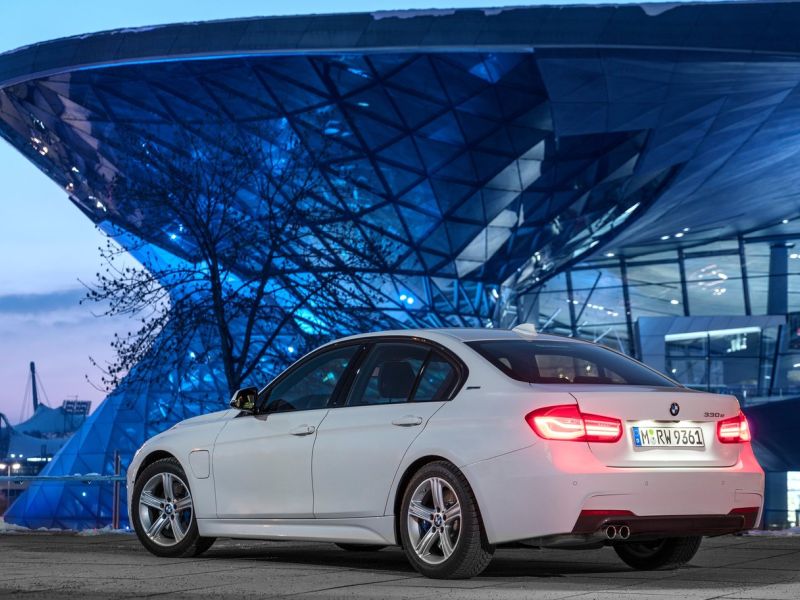
BMW X5 xDrive40e is using a two-litre 4-cylinder turbocharged petrol engine with a maximum output of 245 hp. The electric motor puts an output of 113 hp. The intelligently controlled interaction between the combustion engine and electric drive generates a system output of 230 kW/313 hp. The combined fuel consumption is just 3.4 l/100 km.
The plug-in hybrid drive system of the BMW 330e iPerformance delivers familiar BMW driving dynamics by pairing a cutting-edge electric motor producing 65 kW/88 hp and a peak torque of 250 Nm with a four-cylinder combustion engine, which develops 135 kW/184 hp and 290 Nm of torque. Combined average fuel consumption in the NEDC cycle is 2.0L per 100 kilometers. With a system output of 185 kW/252 hp and peak torque of 420 Nm, the BMW 330e accelerates from 0 to 100 km/h in 6.1 seconds on the way to a top speed of 225 km/h.
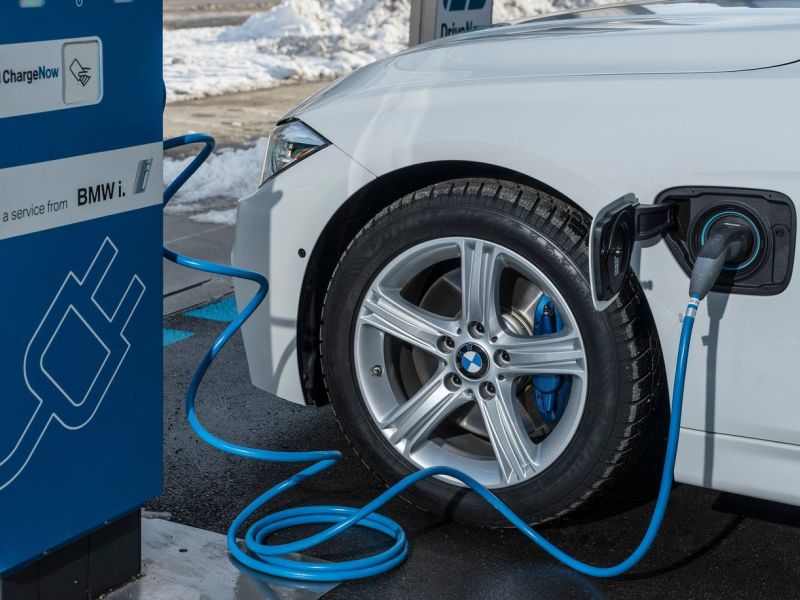
The new BMW 7-Series was the next model to host the BMW eDrive hybrid technology in three variants – the 740e, the 740Le (with extended wheelbase) and the 740Le xDrive (with all-wheel drive). All three cars are using power from the latest-generation four-cylinder petrol engine with BMW TwinPower Turbo technology and an electric motor. Combustion engine output is 258 hp, the electric motor delivers 113 hp. Together, they deliver a system output of 240 kW/326 hp.
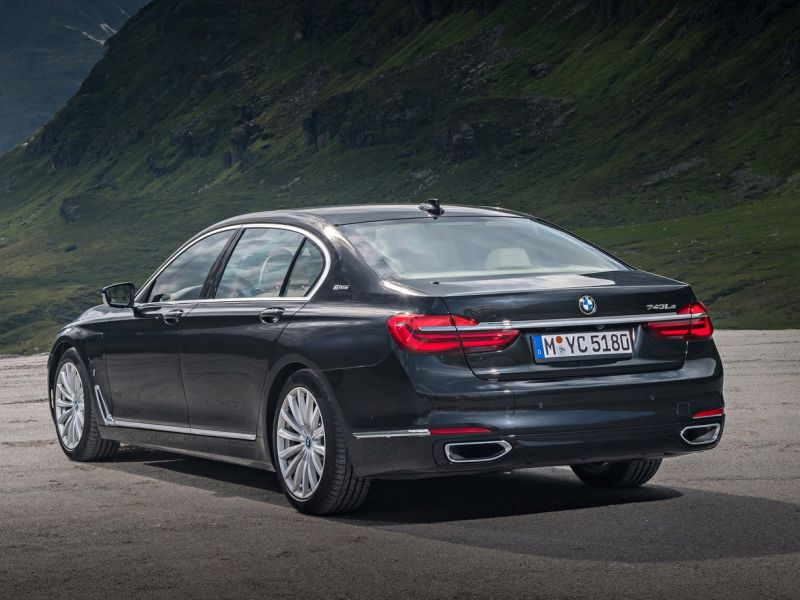
The BMW 225xe came with a different combination of engines, using the 1.5-litre three-cylinder BMW TwinPower Turbo engine together with an electric motor. The 136-hp combustion engine sends its power to the front wheels via the six-speed Steptronic transmission. The 65 kW/88 hp electric motor drives the rear wheels, allowing an electric range of up to 41 kilometers (25 miles). Under heavy acceleration and for overtaking maneuvers, the power from the two systems combines to give a system output of 165 kW/224 hp and peak torque of up to 385 Nm. That numbers enable 0-100 km/h acceleration in 6.7 seconds.The combined fuel consumption is 2.1 liters per 100 kilometers.
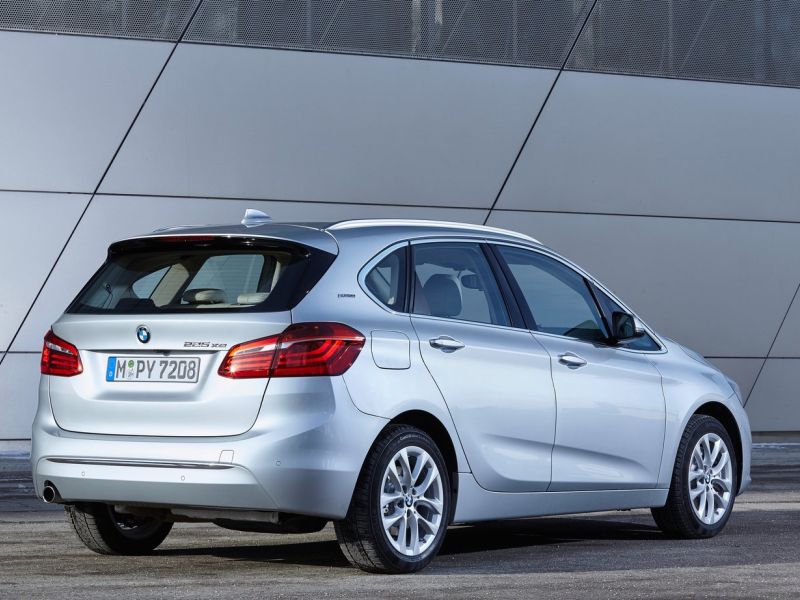
The last iPerformance model which came to the market was the BMW 530e, just a few weeks after the latest generation of the world’s most successful business sedan was launched. The BMW 530e combines 113-hp electric motor and the 2.0L four-cylinder combustion engine which generates 184 hp. The overall system output of 185 kW/252 hp and combined peak torque of 420 Nm propel the BMW 530e from 0 to 100 km/h in 6.2 seconds and enable it to reach a top speed of 235 km/h. The BMW 530e has a range of up to 650 kilometers. It can cover distances of up to 50 kilometers entirely on electric power.
